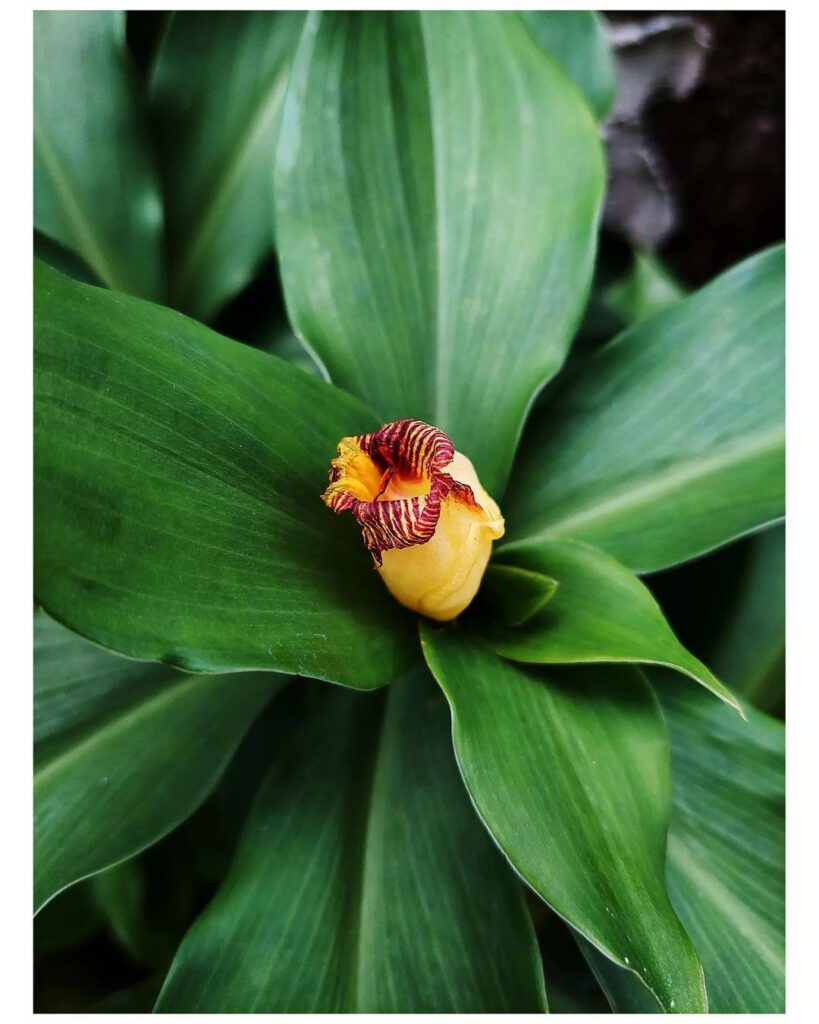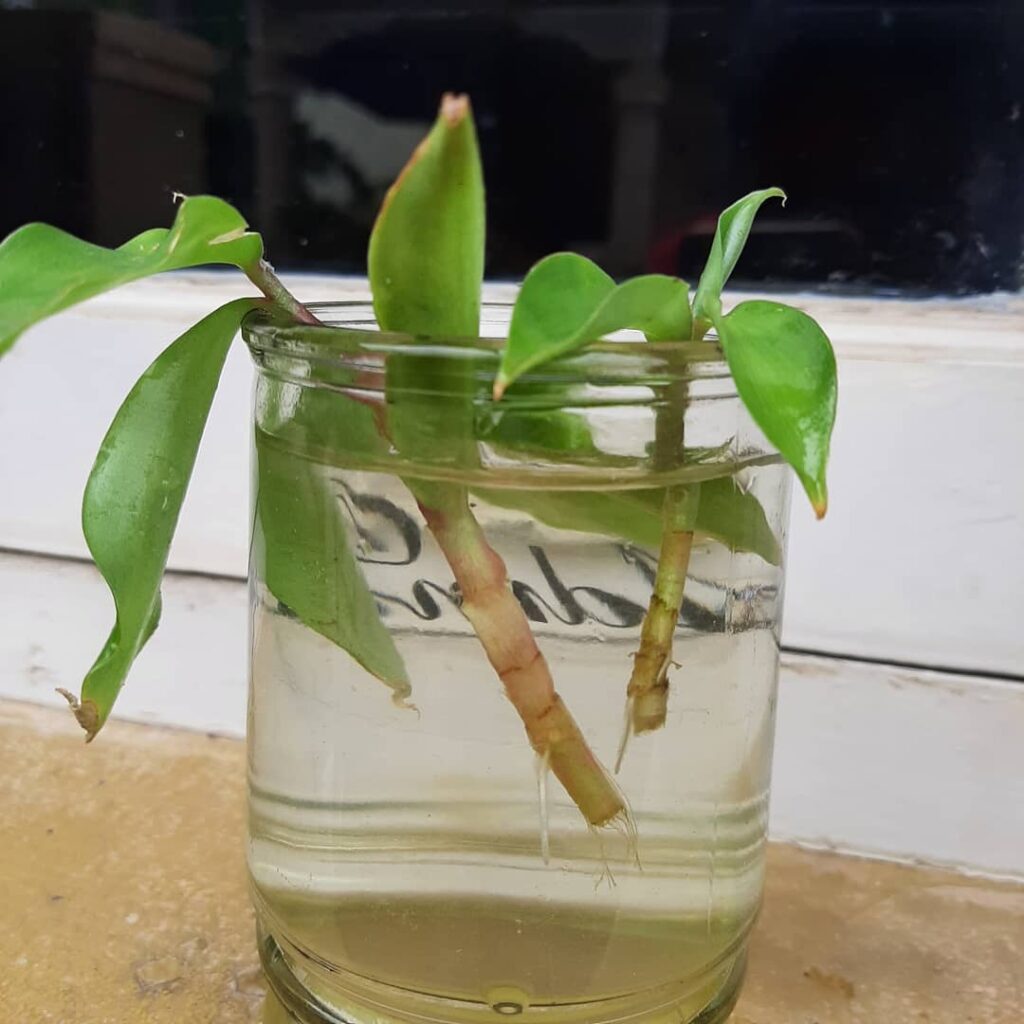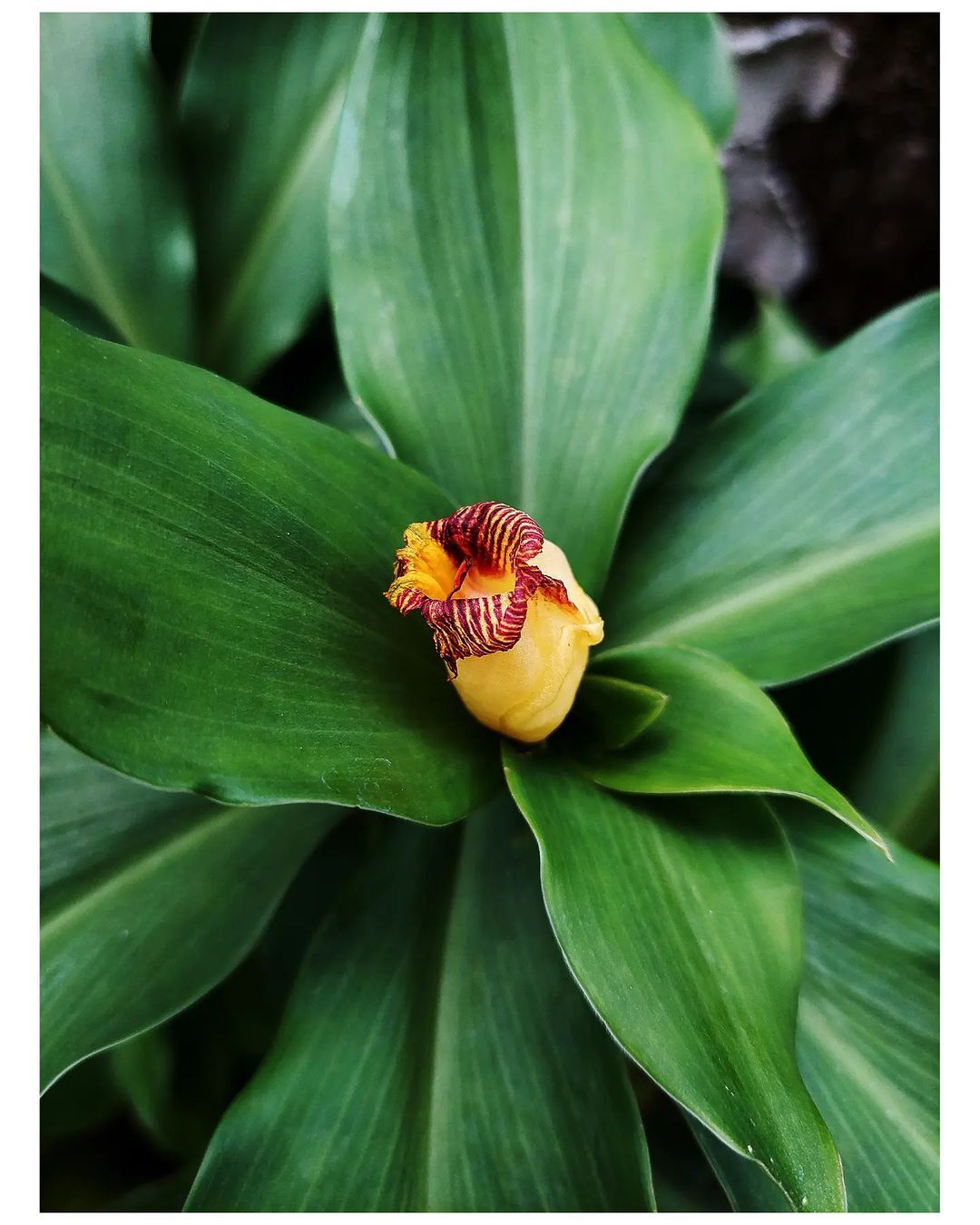Grow the Insulin Plant in your home and learn how to use it to manage your blood glucose levels naturally.
If you want to control your diabetes without relying on medicines, then these Tips to Grow Insulin Plant are worth your attention. While the Insulin Plant offers potential benefits for diabetes management, it is important to note that it should not be used as a complete substitute for medically approved and tested diabetes medication.
Botanical Name: Costus Igneus
USDA Zones: 9-11
Read: Salsify Care in Pots
What is the Insulin Plant?

Also known as the insulin plant (Costus Igneus), spiral flag, painted spiral ginger, step ladder, and fiery Costus, among other names. This plant belongs to the Costaceae family. It is native to South and Central America and has recently been introduced to India. These perennial plants have an upright, spreading growth habit, reaching a height of around two feet. Their distinctive feature includes leaves arranged in a spiral pattern and attractive yellow flowers.
Benefits of Insulin Plant
In southern India, Insulin Plants are grown for ornamental purposes. The leaves are also used as a dietary supplement to control diabetes mellitus. Recent studies have been conducted to explore their potential as anti-diabetic agents and investigate their pharmacological properties, including hypolipidemic, diuretic, antioxidant, antimicrobial, and anti-cancer effects.
Propagating Costus Igneus
Insulin Plants can be propagated through various methods, including dividing clumps, taking stem cuttings, sowing seeds, or separating the offsets or plantlets.
1. Propagating Insulin Plant from Cuttings
- Using a clean and sharp knife or pruning shears, make a diagonal cut just below a node. Remove any lower leaves, leaving only a few at the top.
- Dip the cutting in the rooting hormone (optional).
- Fill a pot with a well-draining potting mix added with compost. Create a small hole in the soil with a pencil or your finger, and gently insert the cut end of the stem into the hole. Press the soil around the cutting to ensure good contact.
- Place the potted cutting in a warm and bright location, preferably with indirect sunlight.
- Maintain a consistent temperature between 68-77 F (20-25 C).
- Keep the soil slightly moist but not overly wet. Water the cutting whenever the top inch of the soil feels dry.
- Once the cutting has developed a healthy root system, typically after 6-8 weeks, it can be transplanted into a larger pot or directly into the garden.
2. Propagating Insulin Plant from Seed
To plant Insulin Seeds, prepare the soil by digging a hole and sowing the seeds inside. Cover them with soil and ensure they are well-watered. Take care of the plant by providing regular watering, not overwatering it. Monitor its growth and provide appropriate care as needed.
3. Propagating Insulin Plant By Dividing the Rhizomes
Gently separate the rhizomes using a sharp knife. Ensure the soil has a neutral to slightly acidic pH, as the plant is highly sensitive to salt.
Growing Insulin Plants in Water Indoors

- Take a 6-8 inch cutting from a mature insulin plant.
- Fill a clean container with filtered or distilled water.
- Submerge the cutting in the water, leaving the leaves above the surface.
- Place the container in a location with indirect sunlight.
- Maintain consistent water levels and change the water weekly.
- Watch for root development and new leaves. Transplant the plant into the soil for long-term growth.
Ideal Growing Condition for Insulin Plant
Location
For optimal plant growth and vibrant foliage, an excellent location would be where the insulin plant can benefit from ample sunlight (approximately 3-4 hours) while also enjoying partial shade.
Soil
Regardless of whether the soil has a loamy texture, is acidic, clayey, sandy, or alkaline, the insulin plant is adaptable and can withstand various soil conditions. However, it prefers both fertile and well-draining soil. To promote optimal foliage, enhance the soil quality by adding compost.
Water
During the summer season, it is important to provide the plant with regular watering to keep it adequately hydrated. Watering every 2-3 days is recommended to prevent the soil from drying out excessively. In contrast, during the winter season, when the plant’s water requirements are lower, watering can be adjusted to occur every 2-3 days.
Temperature and Humidity
Insulin plants are sensitive to cold and frost, so it’s important to protect them when temperatures go below 50 F (10 C). You should keep them in a heated greenhouse or indoors during such conditions. Also, it’s beneficial to maintain slightly higher humidity around the plants as they prefer a more humid environment.
Read: Burdock Growing and Care Guide
Insulin Plant Care
Fertilizer
You can use a balanced, slow-release fertilizer or opt for organic choices like compost or vermicompost. Follow the instructions the manufacturer provides or as recommended for the specific product when applying fertilizer. Be careful not to over-fertilize, as it can cause excessive foliage growth while reducing the medicinal properties of the insulin plant.
Pruning
To maintain the shape of your insulin plant and encourage fuller growth, it is important to prune it regularly. Pinch off the tips of young plants to stimulate lateral branching, which leads to a bushier appearance. Additionally, remove any yellow or damaged leaves to keep the plant healthy and thriving.
Repotting
Repot your insulin plant every year in the spring as it continues to grow. This allows the plant to have sufficient space to expand and promote healthy growth.
Winter Care
To protect the insulin plant during winter, spread wood chips or other organic mulch around the herb. Ensure the mulch does not touch the plant stem. Avoid over-watering the plant in winter. It thrives in temperatures between 35 to 45 F. While the plant prefers moist conditions, it’s important to ensure the soil is not excessively saturated with water.
Pests and Diseases
Make it a habit to regularly check your plants for pests or diseases, and take prompt action if any issues are detected. In case of insect infestations or diseases, you can use natural remedies like Neem oil, Eucalyptus oil, or Citrus oil spray.
Costus Igneus Benefits
Through phytochemical analyses, a diverse range of compounds has been identified in Insulin Plants, including carbohydrates, triterpenoids, proteins, alkaloids, tannins, saponins, flavonoids, steroids, and trace elements. This compilation provides a comprehensive overview of the current pharmacological and phytochemical studies conducted on these plants, shedding light on their potential benefits and properties.
- According to this study conducted in 2016, researchers have discovered that consuming leaves of the insulin plant can help prevent spikes in postprandial (after-meal) blood sugar levels in individuals with diabetes.
- In an earlier study, it was observed that among participants who relied on insulin for managing their diabetes, consuming insulin plant leaves for just 15 days significantly reduced their insulin requirements by half. This positive effect was observed in every individual dependent on insulin in the study.
- The Costus igneus plant possesses antioxidant properties, which can benefit individuals with diabetes by helping to counteract oxidative stress in the liver, pancreas, and kidneys.
- Additionally, the plant exhibits diuretic and antimicrobial properties, which can aid in promoting healthy fluid balance and fighting against harmful microorganisms.
- Furthermore, it is believed to have potential cancer-preventing properties, offering further advantages for overall well-being.
Note: It is crucial to seek advice from your doctor or diabetes care team before making any modifications to your medications. Also, avoid exceeding it, as excessive consumption can pose potential health risks.
How to Use Insulin Plant?
Doctors recommend chewing one leaf of the insulin plant daily for a month to observe effective results in sugar levels. It is important to follow the prescribed amount and avoid chewing more than recommended to prevent potential health risks. Also, wash the leaf with clean water before consuming it.
Another method of consuming the insulin plant is by drying its leaves. Pluck the leaves and allow them to dry in a shaded area. Once dried, grind the leaves into a powdered form. Consume one tablespoon of this powdered plant daily.
Read: Betel Leaf Plant Care and Growing Guide
Side effects of the Costus igneus plant?
Consuming Costus igneus, also known as the insulin plant, may be associated with certain side effects, which include upset stomach, diarrhea, dizziness, and low blood sugar levels, especially if you are taking insulin. There is also an increased risk of diabetes-related coma resulting from hypoglycemia.
It is crucial to consult with your doctor before considering any herbal supplements for managing blood sugar levels, particularly if you are dependent on insulin. This is important to ensure the supplement is suitable for your specific condition and does not interfere with any other medications you may be taking.



